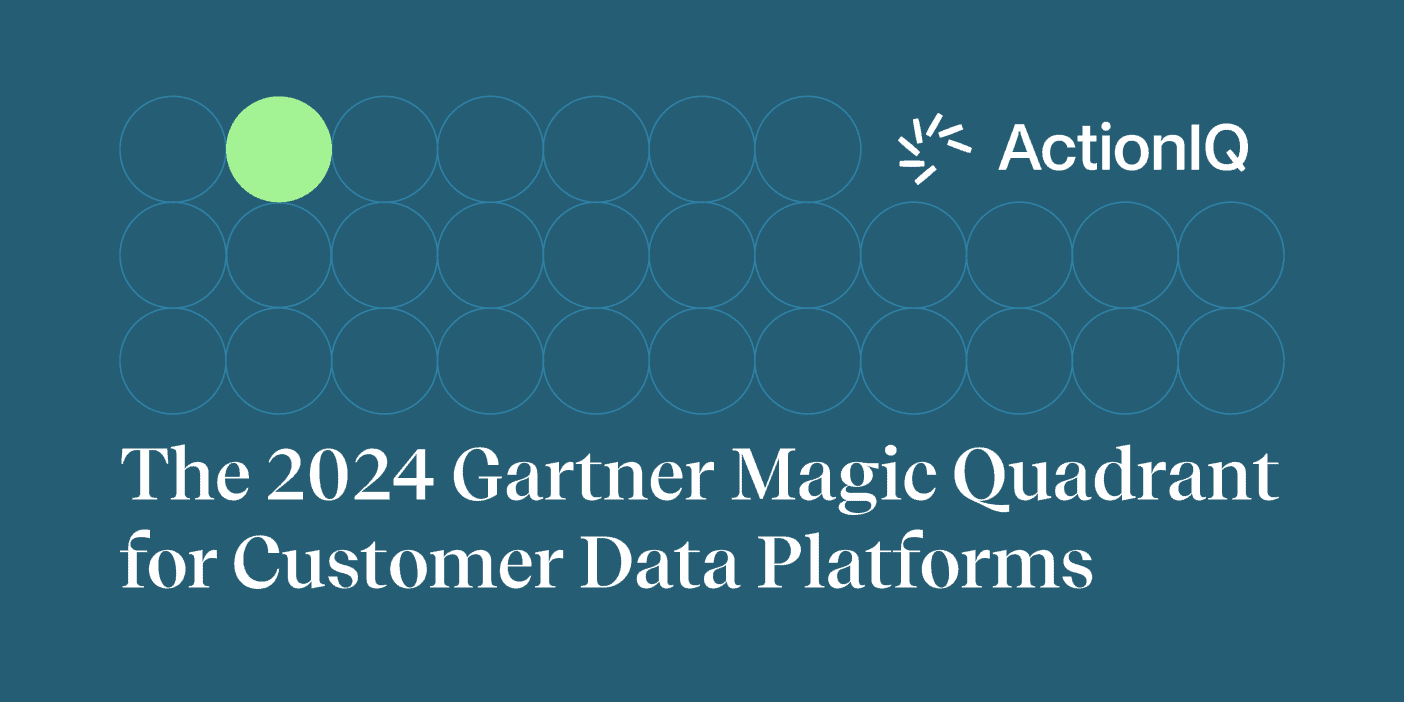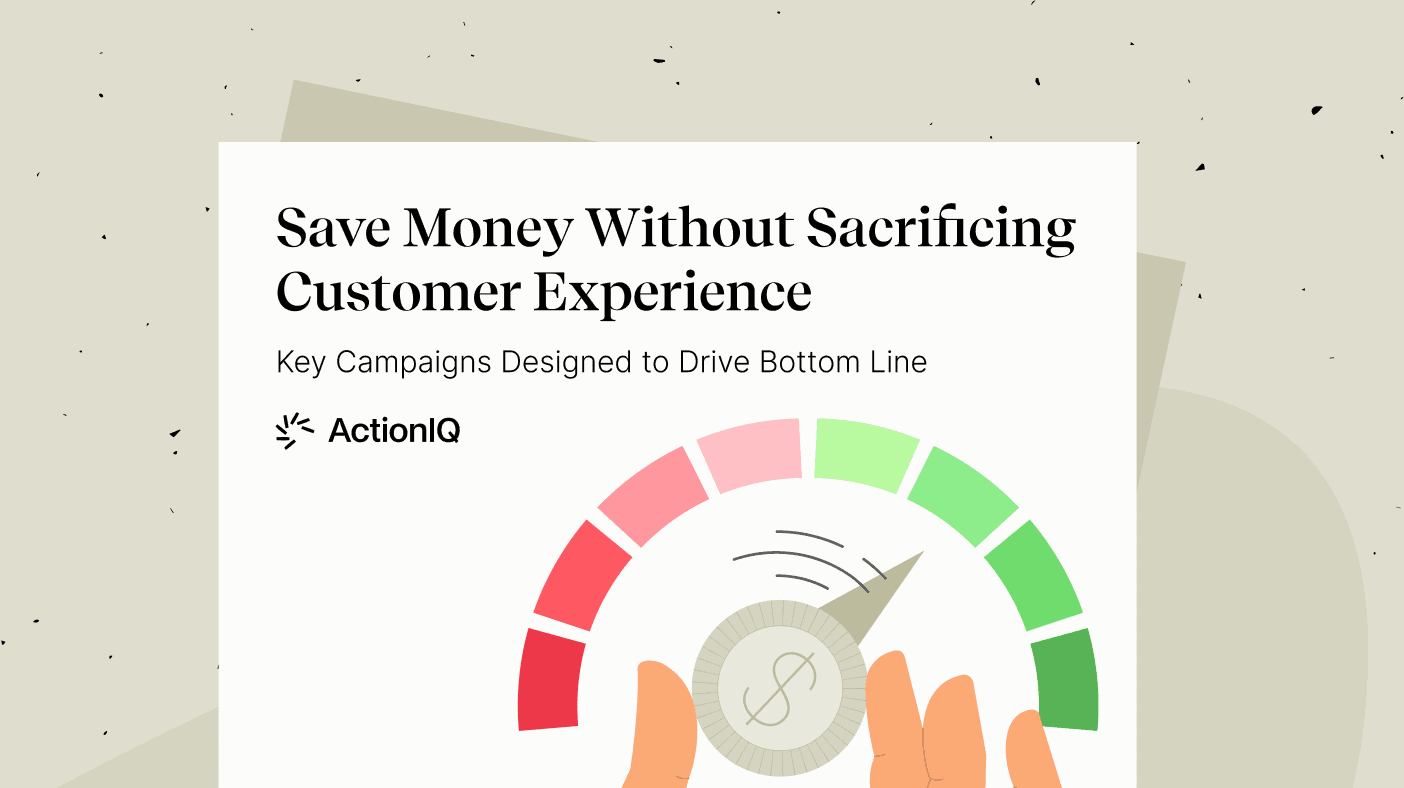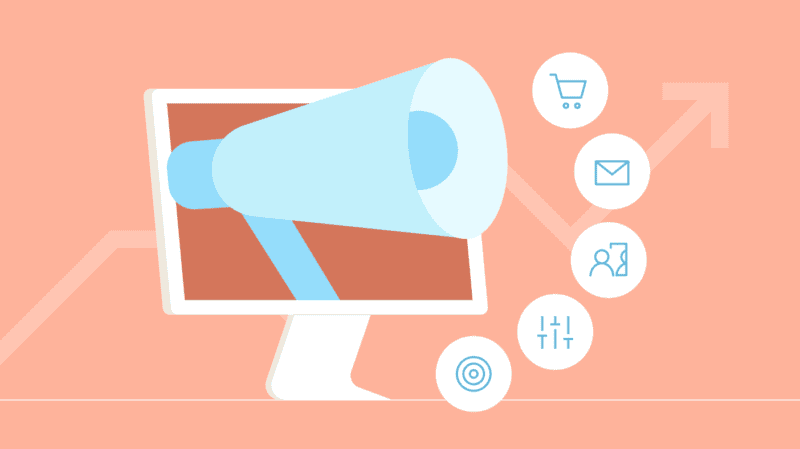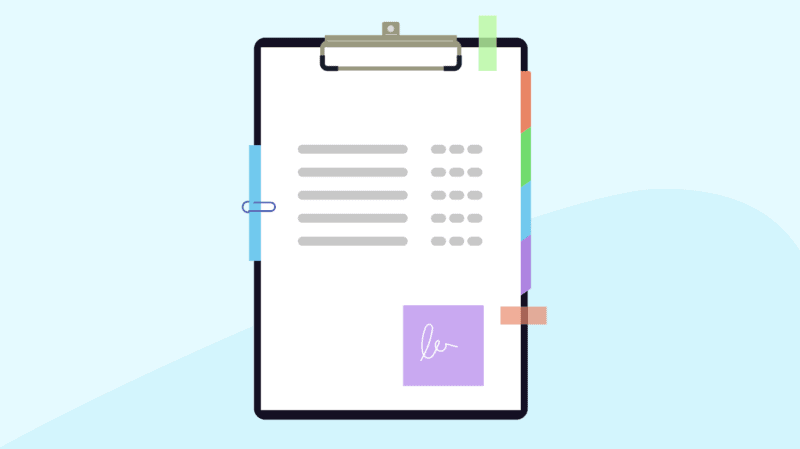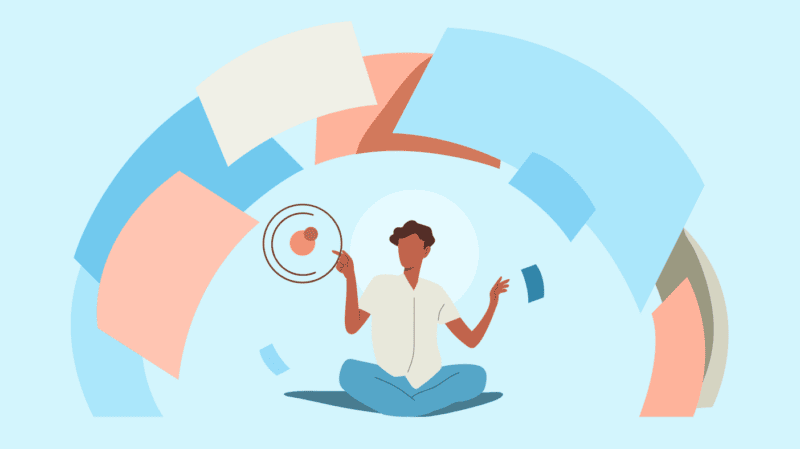How to Boost Performance Across Customer Journey Stages

Collecting customer data isn’t enough to drive value across different customer journey stages. To maximize the value of your first-, second- and third-party data for the multiple phases of the customer journey, you have to take action on it using the right tools and strategy.
Today’s connected customers choose their own paths when interacting with your brand — and they expect you to find them and understand them wherever and whenever they take steps along the buyer journey. That means you have to account for emerging channels, shifting preferences and unpredictable routes.
Employing customer data across each phase of the customer journey via personalized, omnichannel marketing not only helps you reach your prospects and customers when they’re expecting it (and when they’re not) — it also saves your company time and money. Not to mention, a data-driven, AI-powered approach is likely to give you a leg up over your competitors.
So how do you optimize your customer journey stages with customer data? By using data to predict and develop the right strategy for the right person at the right time and place.
Rather than only focusing on predetermined paths, your goal is to track each customer’s unique needs and actions in real time and proactively deliver one-to-one marketing through omnichannel experiences. With the right solutions in place, this data can then be automatically integrated into your decisioning models, honing your predictions and the relevance of every user experience you offer across different buyer journeys.
The result? You get to offer a world-class experience that builds trust and retention while minimizing churn and dollars spent.
Let’s dive into how you can use customer data to elevate your brand’s user experience throughout different phases of the customer journey.
How to Boost Performance Across Customer Journey Stages
Customer Journey Phase: Awareness
At this stage, customers may be totally unaware of your brand or product until they’re presented with it directly, such as through an advertisement.
The way to optimize this journey stage is to raise awareness and nurture interest in your offering by conveying to prospective customers that you understand their needs and can provide value to them. Using your customer data, you can accomplish this while saving on ad dollars spent (for instance, you can use audience segmentation to skip targeting the wrong people or targeting them at the wrong time).
Examples of using customer data to optimize the awareness stage include:
Engaging High-Value Prospects
Target ideal prospects in paid media campaigns. You can use first-party data to create a variety of segments, develop lookalike audiences in your segmentation solution and automate your execution across likely-to-buy audiences through paid media.
Cutting Paid Media Costs
Remove already-converted customers from paid media campaigns through dynamic suppressions. You can begin by ingesting customer lists into your customer data platform (CDP), creating segments and sending those segments to your paid media platforms to suppress existing customers from new acquisition campaigns.
Discover our audience segmentation guides for enterprise, B2B and retail.
Customer Journey Phase: Consideration
This is when your prospective customers have done their initial research and are aware of the options they can choose from. At this stage, they’re comparing your products and services to other options as they reach out through your website or explore existing resources for more information.
The goal during the consideration stage is to further nurture prospective customers’ interest in your products or services, make sure they have all the information they need to decide and prove to them that you’re their best option.
Examples of using customer data to optimize the consideration stage include:
Reducing Cart Abandonment
Push campaigns designed to convert shoppers who have abandoned items in their online carts. You can even drill down into the customers who are most likely to buy, such as shoppers who are similar to your existing customers or have interacted extensively with your website.
Converting Trial Users to Paid Subscribers
Conduct tests to optimize omnichannel journey orchestration for converting users at the end of trial periods. Build journeys using the results of multiple tests and set up specific ones based on how different users were sourced.
Learn how Pandora Media optimizes CX orchestration within the customer journey stages in the video below:
Customer Journey Phase: Decision
Once prospective customers are ready to make a purchase, how can you maximize value and accelerate repeat purchases?
Social proof (e.g., customer reviews) and incentives (e.g., free trials or discounts) will get people through the door. It’s then up to you to run customer loyalty and retention initiatives to increase customer lifetime value (CLTV).
Examples of using customer data to optimize the decision stage include:
Improving Cross-Channel Engagement
Invite customers to cross over into new channels. Multi-channel customers are more valuable than single-channel ones, so work to turn offline shoppers into online ones and vice versa to deepen relationships with your brand.
Growing Cart Size With Cross-Sells and Upsells
Target already-converted customers to drive new product or category purchases. Here you’ll want to identify repeat customers who have only bought within certain categories and not others. Strategic cross-sell offers can lead to a higher average order value (AOV) and CLTV.
Increasing Order Frequency
Send customers automated reminders to restock what they previously bought near predicted repurchase windows. You can also invite customers to subscribe to these products to automate orders further.
Decreasing Time to Second Purchase
Enhance engagement during the post-purchase or new customer onboarding journey by automating a series of personalized communications. These work to keep your products and services top of mind and increase CLTV, order frequency, speed to second purchase and conversions.
Customer Journey Phase: Retention
You’ve created a new customer — hooray! Now how do you make sure they stick around for the long term?
During this phase of the customer journey, you’ll want to collect customer feedback on the products or services they’ve purchased, engage them to encourage repeat purchases and fuel long-term brand affinity to prevent or reduce churn.
Another strong tactic is to earn referrals through a loyalty or rewards program to both nourish retention and expand your audience.
Examples of using customer data to optimize the retention stage include:
Creating a Customer Loyalty Program
Encourage customers to enroll in your loyalty program by targeting those who fit the profile of customers who are already in it. You can also turn customers into brand advocates by offering them incentives for referrals.
Optimizing Discounts
Provide special offers to inspire repeat purchases. Develop omnichannel tests to identify which offers are most effective at driving conversions and on which channels.
Prioritizing Churn Prevention
Use predictive analytics to anticipate churn based on individual customer behavior. Then, trigger churn prevention campaigns to reengage at-risk customers.
Hear how Autodesk maximizes performance across its customer journey stages — specifically in the retention phase — in the video below:
Customer Journey Phase: Win-Back
When previously engaged customers lapse or even churn, the goal is, of course, to get them back. Specifically, to reengage and reactivate them across multiple channels based on their value to your brand (aka their CLTV).
Examples of using customer data to optimize the win-back stage include:
Engaging High-CLTV Customers
Identify the customers who are most valuable to your brand based on their purchase histories and forecasted lifetime value. Prioritize winning them back using special offers.
Personalized Winback Journeys
Create personalized omnichannel journeys tailored to previous customers’ behaviors and preferences. Customize journeys based on how long it’s been since the customer last interacted with your brand.
Fine-Tuning Your Customer Journey Phases
Planning this kind of journey orchestration across your customer journey stages is all well and good in theory, but in reality it’s nearly impossible to pull off without the right tools. So how do you actually execute it?
You’ll need powerful marketing technology to bring together fragmented customer insights and activate compelling and personalized customer experiences.
The following capabilities will need to be added to your technical toolkit:
- A customer 360 AKA a 360-degree customer view to create complete customer profiles and manage all buyer attributes, which will make your customer intelligence and journey mapping more valuable. Download the datasheet here.
- Advanced audience segmentation solutions so you can provide your buyers with highly relevant and personalized experiences across the entire buyer journey.
- Stellar customer journey orchestration, which means seamlessly meeting your customers where they are in the buyer journey regardless of channel or touchpoint.
- The ability to engineer real-time experiences for your customers across all channels, no matter where or when they engage with your brand.
The teams responsible for tackling these initiatives will require access to customer data and related tools to be successful. Make sure you equip your customer-facing teams with the intelligence and tools they need to self-serve customer insights and take action on them.
Learn More
Book a demo with our experts to explore how AIQ can help you maximize performance across all customer journey stages.

